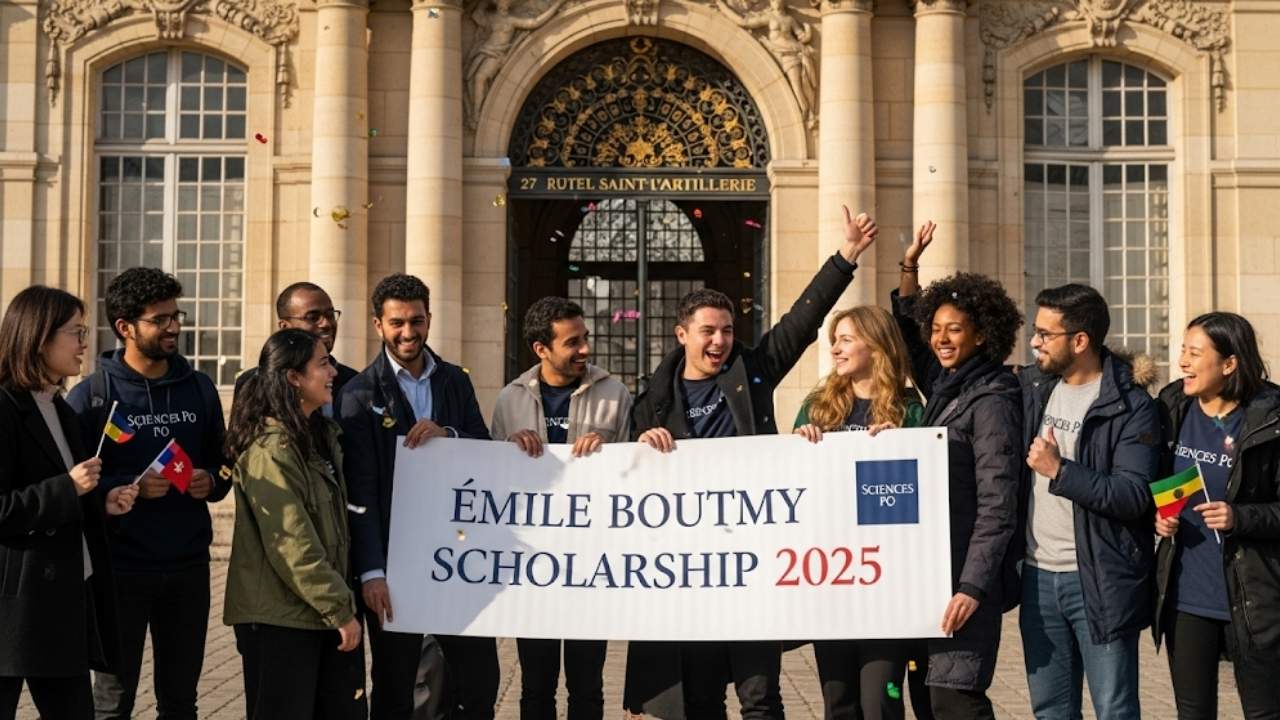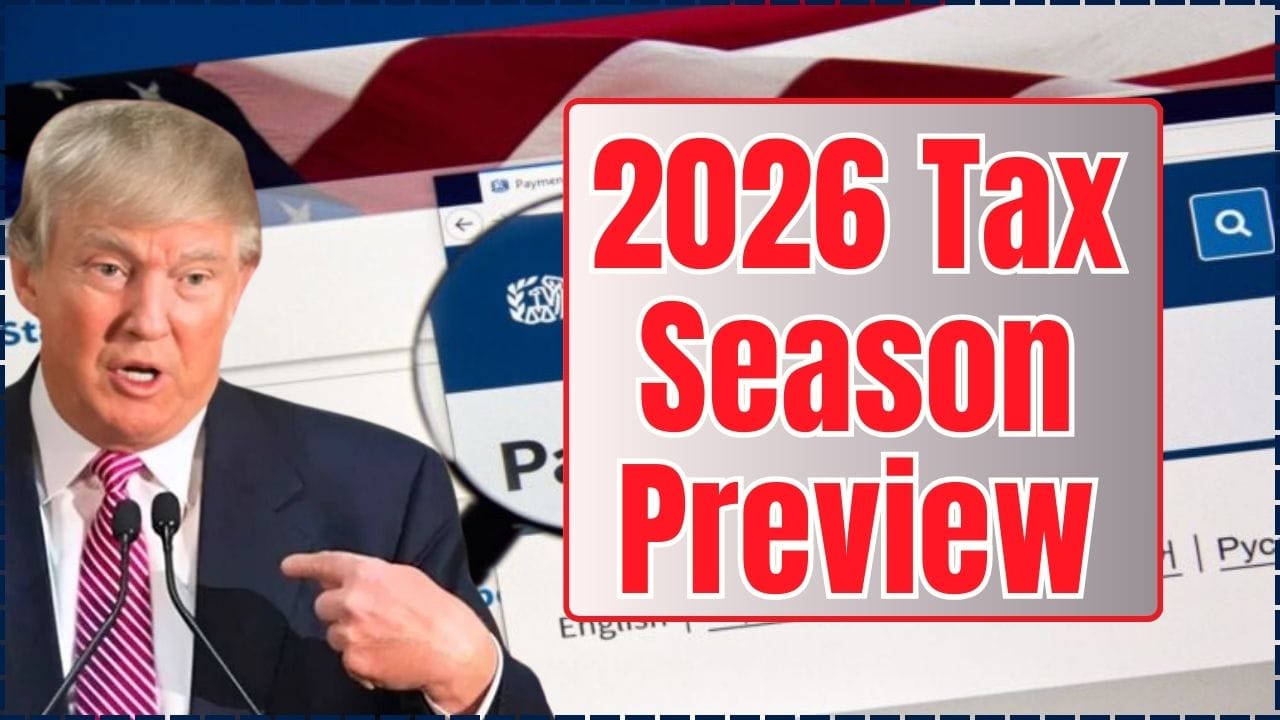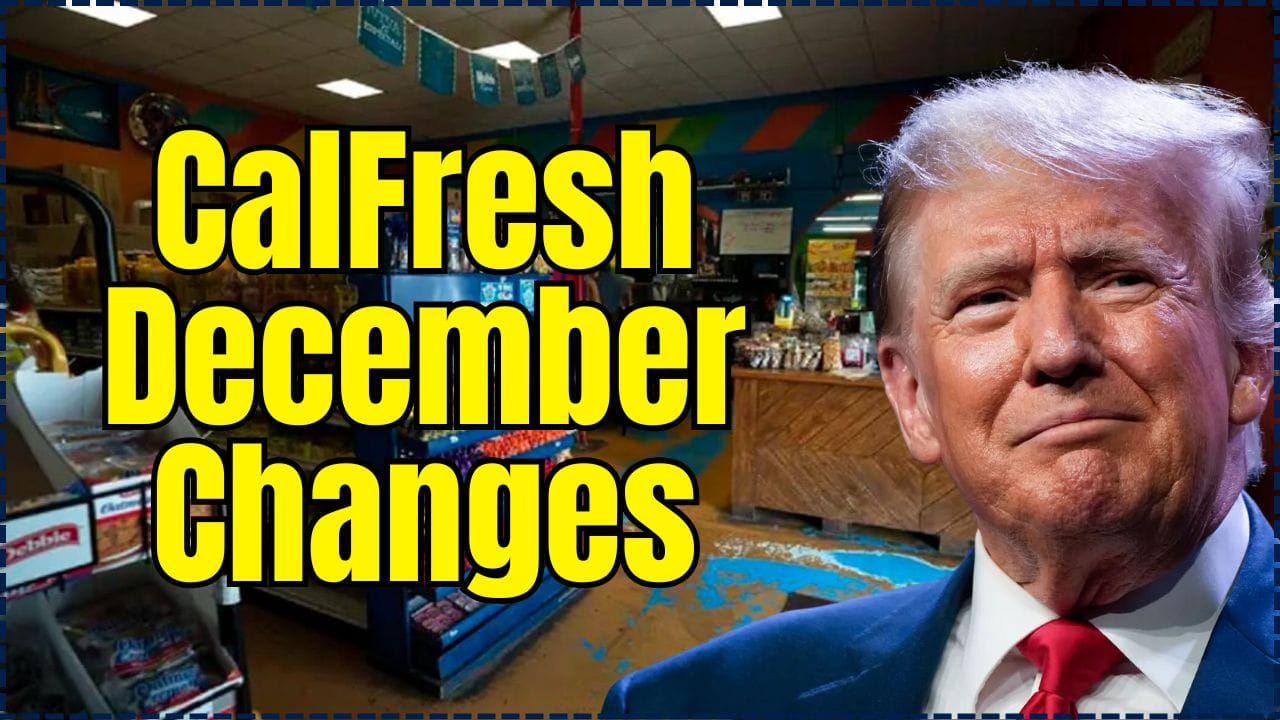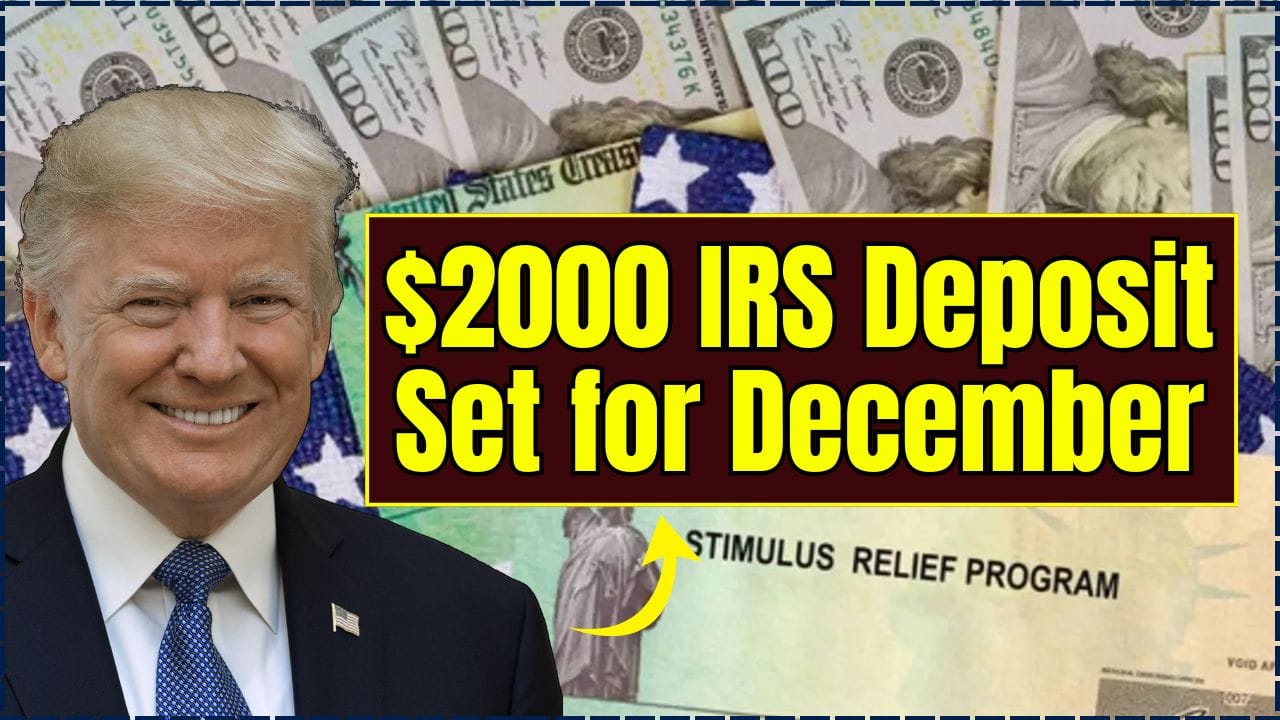Landing a scholarship can feel like finding a golden ticket to your academic dreams. But before you can pack your bags, there’s a crucial hurdle: the scholarship motivation letter. This isn’t just another essay; it’s your chance to tell your story, showcase your passion, and convince the scholarship committee you’re the ideal candidate. In my experience advising students, one common hurdle is transforming generic statements into a compelling, personal narrative. This guide will walk you through creating a high-impact motivation letter, leveraging new formats, content strategies, and even a touch of AI-powered insight to help you shine.

Crafting a powerful scholarship motivation letter is an art, but with the right approach, it’s an art you can master. By embracing the new format, focusing on compelling content, and leveraging AI wisely, you can create a letter that truly reflects your potential and passion. Remember, this letter is your voice – make it heard loud and clear. Start preparing your application now, gather your thoughts, and let your unique story unfold on paper.
Why Your Scholarship Motivation Letter Matters More Than Ever
Think of your motivation letter as your personal advocate, speaking directly to the scholarship committee. It’s where you go beyond grades and test scores to reveal your unique drive, aspirations, and the genuine impact a scholarship would have on your journey. A well-crafted scholarship motivation letter can elevate your application from “good” to “unforgettable,” especially in a competitive landscape where many applicants boast similar academic achievements.
The New Format: Structure for Success
Forget dense blocks of text. The modern scholarship motivation letter embraces a clear, concise, and visually appealing structure. This new format helps committees quickly grasp your key messages and understand your story without getting lost in jargon.
A. The Power-Packed Introduction (The Hook)
Your opening paragraph is crucial. It needs to grab attention immediately and state your purpose.
- Your Name and Program: Clearly state who you are and the program/scholarship you’re applying for.
- Your “Why”: Briefly articulate your core motivation for pursuing this scholarship and program.
- A Glimpse of Your Vision: Hint at what you hope to achieve with this opportunity.
Example: “My name is [Your Name], and I am writing to express my enthusiastic interest in the [Scholarship Name] for the [Program Name] at [University Name]. My ambition to [Your Core Goal] aligns perfectly with the values of [Scholarship Name], and I am confident that this scholarship will be instrumental in helping me achieve my academic and professional aspirations.”
B. The Body Paragraphs: Unveiling Your Story
This is where you dive into the specifics, using distinct paragraphs to highlight different facets of your profile. Aim for 3-4 concise body paragraphs, each with a clear focus.
1. Academic Journey and Achievements
- Highlight Relevant Coursework: Connect past studies to your desired program.
- Showcase Academic Success: Mention specific achievements, awards, or projects that demonstrate your intellectual curiosity and capabilities.
- Connect the Dots: Explain why these experiences make you a strong candidate for this specific program.
2. Passion, Experience, and Skills
This section is about demonstrating your practical engagement and developed competencies.
- Extracurriculars and Volunteering: Detail how these experiences have shaped you and developed relevant skills (e.g., leadership, teamwork, problem-solving).
- Work Experience/Internships: If applicable, explain how these roles relate to your academic goals and the scholarship’s objectives.
- Soft Skills: Don’t just list them; illustrate them with brief anecdotes. For example, instead of “I have good communication skills,” write “My experience leading project presentations significantly honed my public speaking and persuasive communication abilities.”
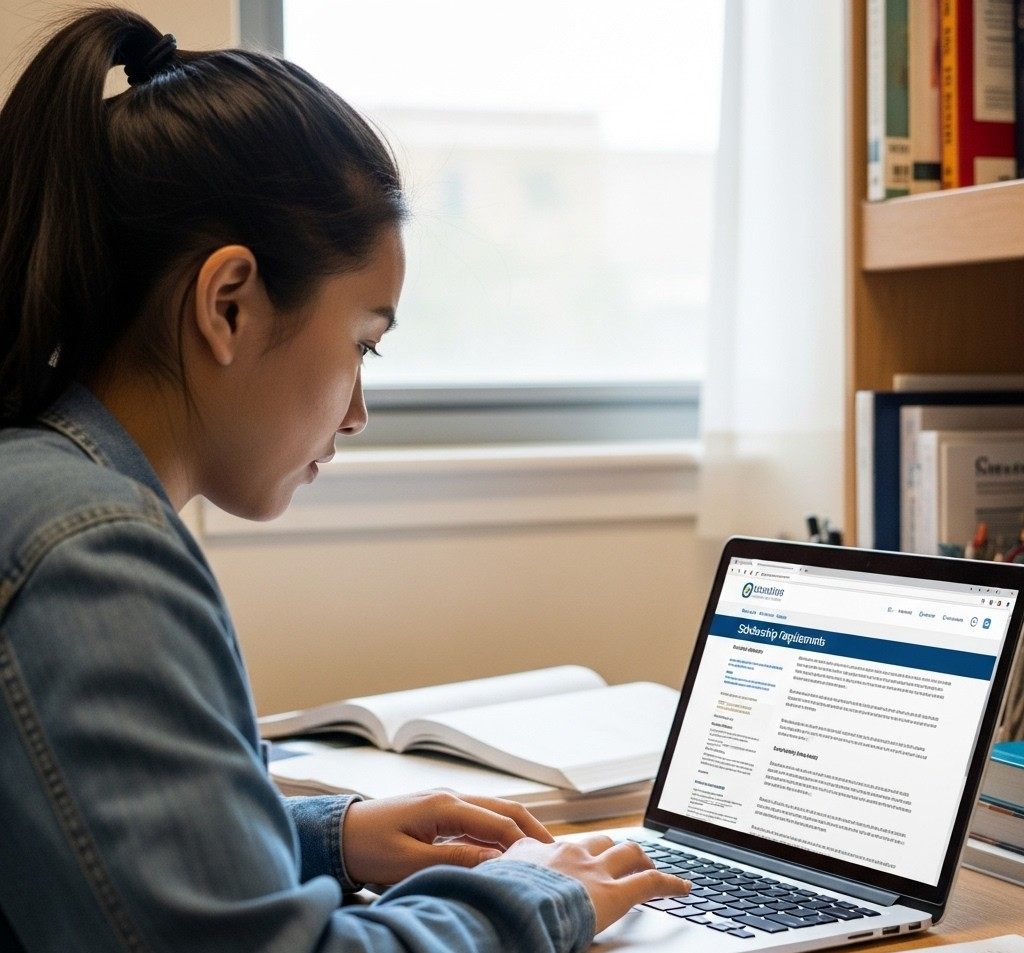
3. Why This Scholarship? Why This Program?
This is where you show you’ve done your homework. Generic letters rarely succeed.
- Deep Dive into the Program: Research specific courses, faculty members, research opportunities, or unique aspects of the program that excite you. Explain why these elements are a perfect fit for your goals.
- Align with Scholarship Values: Understand the scholarship’s mission and values (e.g., leadership, community service, innovation). Explicitly state how your values and aspirations align with theirs. I’ve seen many successful applicants focus on articulating this alignment clearly.
- Future Aspirations: Connect the scholarship and program to your long-term career goals and how they will help you make a meaningful contribution.
C. The Powerful Conclusion (Your Call to Action)
Summarize your main points concisely and reiterate your enthusiasm.
- Reiterate Fit: Briefly restate why you are an excellent match for the scholarship and program.
- Express Gratitude: Thank the committee for their time and consideration.
- Forward-Looking Statement: End with a confident statement about your commitment and eagerness for the opportunity.
Content is King: Beyond the Basics
To create a high-trust, high-impact scholarship motivation letter, focus on these content elements:
Authenticity and Personal Voice
Committees want to hear your voice, not a robotic recitation of facts. Share genuine insights, struggles (and how you overcame them), and moments of inspiration. This human element is incredibly persuasive.
Quantify Your Achievements
Wherever possible, use numbers to illustrate your impact. Instead of “I helped organize events,” try “I co-organized 10 events, increasing student participation by 20%.”
Storytelling: Show, Don’t Just Tell
Instead of saying “I am persistent,” briefly describe a time you faced a significant challenge and persevered. A short, impactful anecdote can speak volumes.
AI-Powered Insights: A New Tool in Your Arsenal
While your motivation letter must be deeply personal, AI tools can be incredible assistants, not replacements. They can help with:
- Brainstorming: If you’re stuck, an AI can generate prompts or questions to help you think about your experiences from different angles.
- Grammar and Style Checks: AI writing assistants can catch grammatical errors, suggest clearer phrasing, and improve readability.
- Tone Analysis: Some AI tools can analyze your text for tone, ensuring it’s friendly, confident, and professional.
Template for Your Scholarship Motivation Letter
Here’s a simplified template to guide you. Remember to personalize every section!
[Your Name]
[Your Address]
[Your Phone Number]
[Your Email]
[Date]
[Scholarship Committee Name/Title (if known)]
[Scholarship Organization/University Name]
[Scholarage Organization/University Address]
**Subject: Application for the [Scholarship Name] - [Your Full Name]**
Dear [Mr./Ms./Mx. Last Name or Scholarship Committee],
My name is [Your Name], and I am writing to express my enthusiastic interest in the [Scholarship Name] for the [Program Name] at [University Name]. My ambition to [Your Core Goal] aligns perfectly with the values of [Scholarship Name], and I am confident that this scholarship will be instrumental in helping me achieve my academic and professional aspirations.
**[Paragraph 1: Academic Background and Achievements]**
Detail your relevant academic journey, specific coursework, and key achievements. Connect these to the program.
**[Paragraph 2: Relevant Experiences and Skills]**
Discuss extracurricular activities, volunteer work, or internships. Highlight skills gained and how they prepare you for this opportunity.
**[Paragraph 3: Why This Scholarship? Why This Program?]**
Explain your specific interest in the program and university. Articulate how your goals align with the scholarship's mission and values.
**[Optional Paragraph: Future Aspirations/Impact]**
Discuss your long-term career goals and how this scholarship will enable you to make a meaningful contribution.
I am confident that my academic background, practical experience, and unwavering dedication to [Your Field] make me a highly suitable candidate for the [Scholarship Name]. I am eager to contribute to the vibrant academic community at [University Name] and am profoundly grateful for your consideration of my application.
Thank you for your time and consideration.
Sincerely,
[Your Signature (if sending hard copy)]
[Your Typed Name]
Tips for a Winning Letter
- Tailor Every Letter: Never send a generic letter. Each scholarship motivation letter must be meticulously tailored to the specific scholarship and institution.
- Be Concise: Every word should count. Avoid rambling or repeating yourself.
- Proofread Meticulously: A single typo can undermine your credibility. Read aloud, use grammar checkers, and ask a trusted friend or mentor to review it.
- Show Enthusiasm: Let your passion for the subject and the opportunity shine through.
- Follow Instructions: Adhere strictly to word limits, formatting requirements, and submission guidelines.
- Get Feedback: Before submitting, ask a mentor, professor, or career counselor to review your letter. They can offer invaluable insights.
Common Pitfalls to Avoid
- Being Generic: As mentioned, this is the biggest mistake. Your letter needs to be specific.
- Focusing Too Much on Financial Need: While valid, the motivation letter should primarily focus on your academic and professional fit, not just your financial situation.
- Sounding Entitled: Maintain a humble yet confident tone.
- Plagiarism: This is an absolute disqualifier. Your letter must be 100% original.
- Ignoring the Scholarship’s Mission: If the scholarship emphasizes leadership, but you only talk about your grades, you’ve missed the mark.
Fulbright Scholarships 2026 to 2027 Now Open: Your Guide to a World-Class Opportunity
Vice Chancellor’s Future Leaders Scholarship 2025 at the University of Surrey
FAQ
Q1: How long should a scholarship motivation letter be?
A: Typically, a scholarship motivation letter should be between 500-800 words, or around one to two pages. Always check the specific scholarship guidelines as word limits can vary.
Q2: Should I mention my financial need in the motivation letter?
A: While financial need might be a reason you’re seeking a scholarship, the primary focus of your scholarship motivation letter should be on your academic and professional qualifications, your passion for the program, and how you align with the scholarship’s values. If financial need is a specific criterion of the scholarship, address it in a separate section or an optional essay, if provided.
Q3: Can I use AI to write my entire motivation letter?
A: No. While AI tools can assist with brainstorming, grammar checks, and structural suggestions, your scholarship motivation letter must be 100% original and reflect your personal voice, unique experiences, and genuine motivations. Scholarship committees are adept at spotting generic, AI-generated content.


